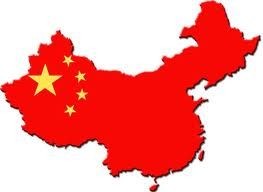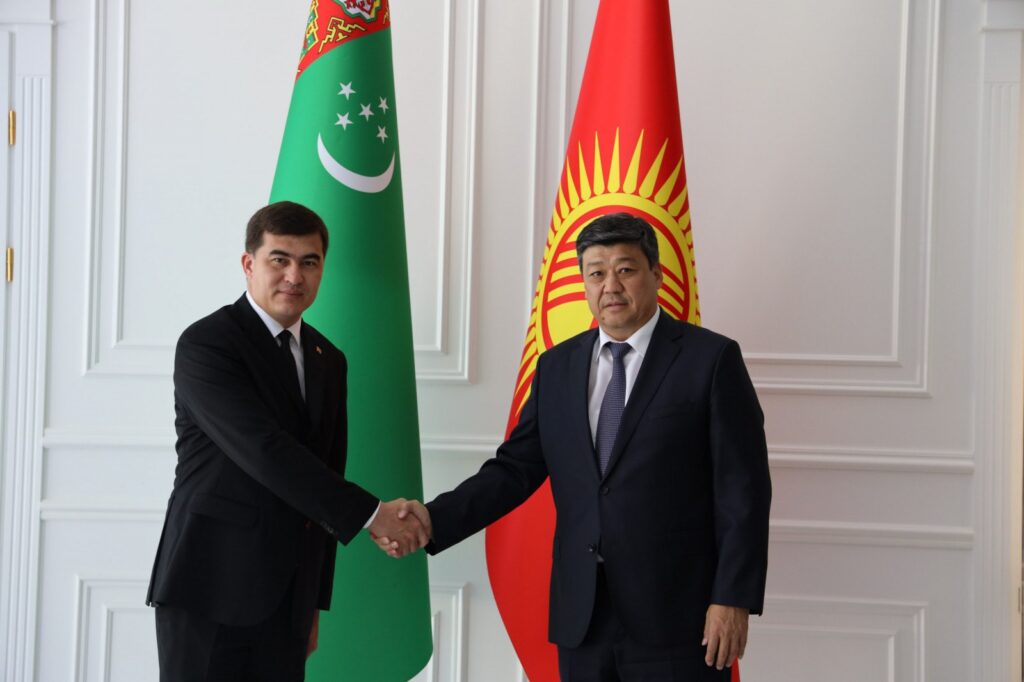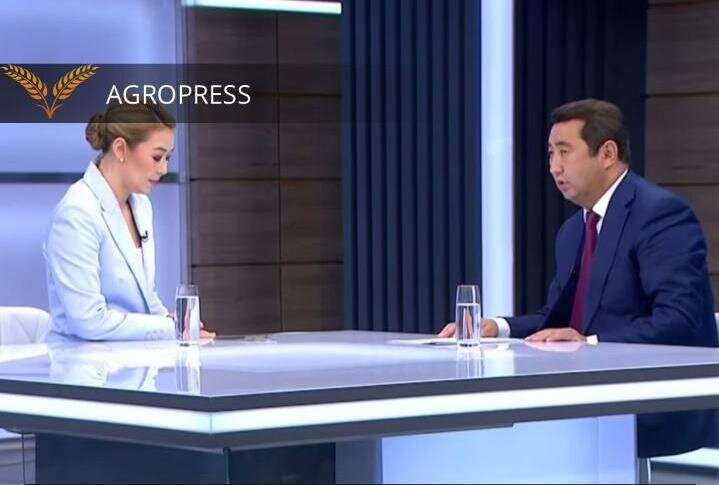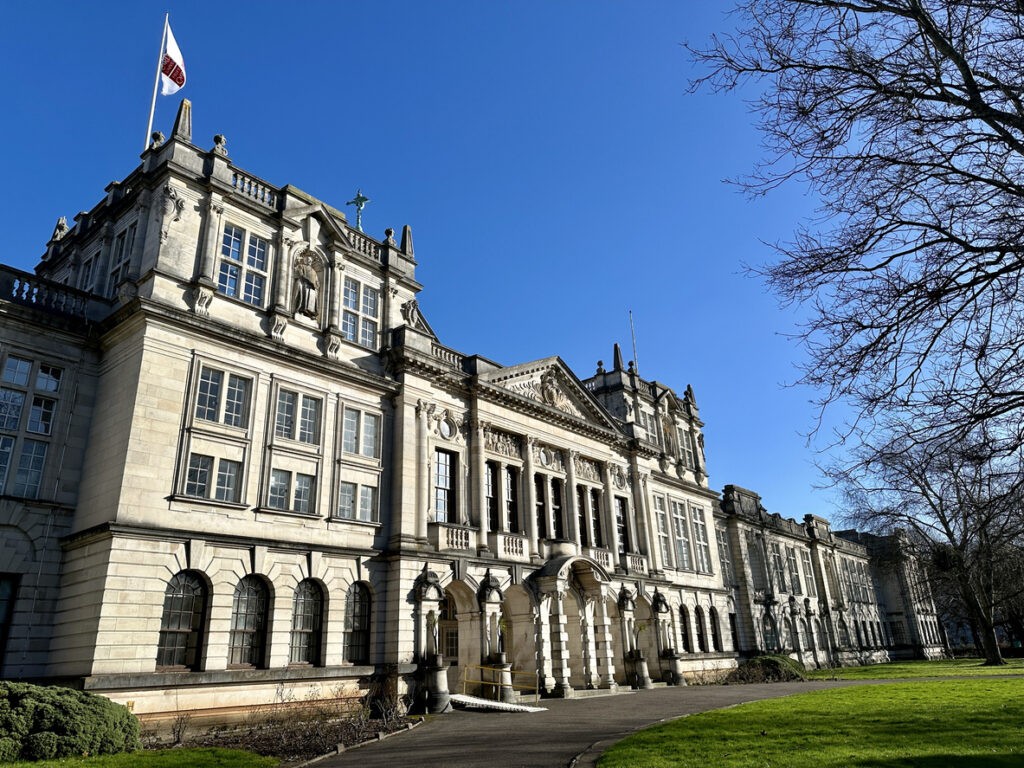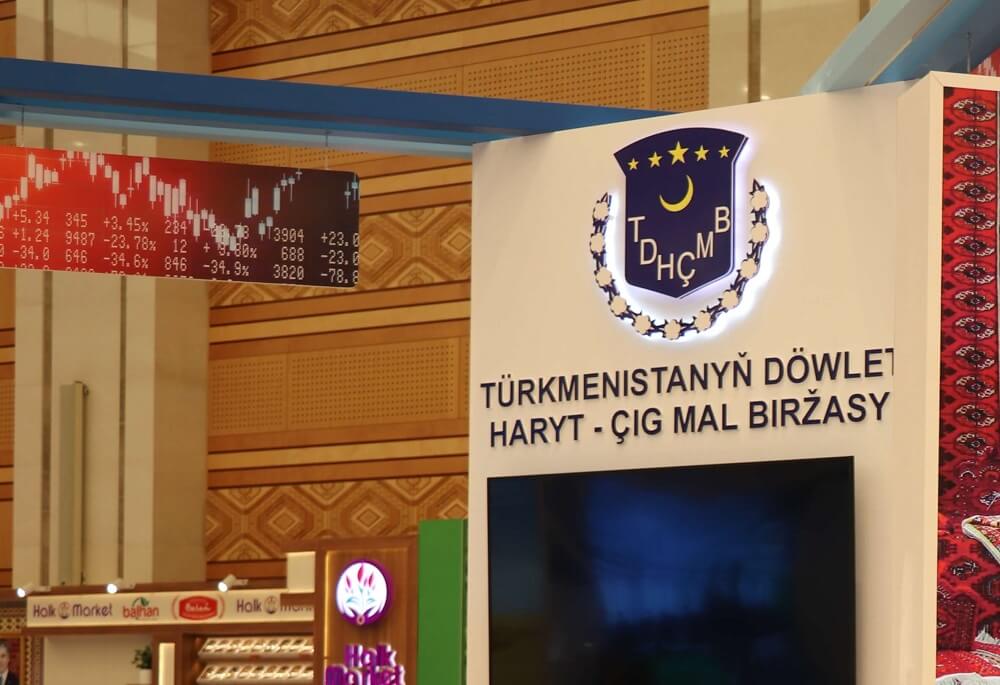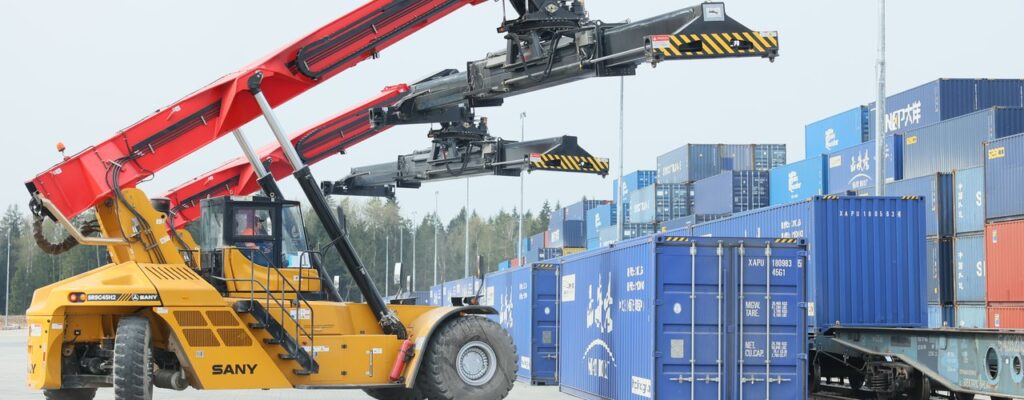LONDON (TCA) — Rather than what one might have expected, China’s regional and global aspirations were not on top of the agenda at the Communist Party congress which took place this past week. Instead, domestic affairs dominated the event in the form of a consolidation of the hierarchic political and governmental power structure amidst speculations about a possible change in the denomination of candidates for succession within the system’s top ranks. Whatever the case, the message to neighbouring countries and beyond was: China comes first, the rest of the world will come as well — but later.
The scene at the congress was compellingly dominated by the party’s first secretary and the country’s head of state Xi Jinping. Xi has left no effort unused to put his personal stamp on China’s policy and image both at home and abroad – culminating in his glamorous launch of the Silk Road and Belt, China’s global economic expansion master plan with a price tag in the order of half a trillion expressed in greenbacks.
Outbound mergers and acquisitions
Spectacular as it may look, China’s “investment offensive” is now appearing to have its limits. In mid-August this year, Reuters reported that Chinese acquisitions in the 68 countries officially linked to President Xi Jinping’s signature foreign policy totalled $33 billion, thereby topping the $31 billion tally for all of 2016. “At a summit in May, Xi pledged $124 billion for the plan, but it has faced suspicion in Western capitals that it is intended more to assert Chinese influence than Beijing’s professed desire to spread prosperity,” the report read. “The surge in Chinese companies’ acquisition-linked investments in the Belt and Road corridor comes as the volume of all outbound mergers and acquisitions from China has dropped 42 percent year-on-year. Beijing’s move to prop up the yuan by restricting the flow of capital outside the country and clamp down on debt-fuelled acquisitions to ensure financial stability has made it tougher for buyers to win approvals for deals abroad.”
Business will be business
No straightforward figures seem to be available on trade exchange value between the combined Central Asian former Soviet Republics. But numbers seem to suggest the overall trend is that the region’s exports to China are increasing at a significantly slower pace than imports. Quaintly said: China is the winner in the game, while Central Asia has to be content with poodle prizes over the counter. Not that anyone could blame the Chinese for it – after all, business will be business…
In 2014, the total amount of foreign direct investment inflows to Kyrgyzstan was $211 million with China’s contribution of $108 million. In the beginning of 2015, China’s total foreign direct investment stock to Kyrgyzstan increased to $984 million, up from $45 million in 2005. The trade turnover between the two countries reached over $1.2 billion and $1.1 billion in 2014 and 2015 respectively. Since 1992, China has provided a grant of 1.8 billion yuan ($274.4 million) and $1.8 billion loan to Kyrgyzstan for financing of several projects.
With other countries, the overall trend looks similar. The inflow of direct Chinese investment in the economy of Kazakhstan amounted to $623.9 million between January and September last year, seven times higher than in 2015, finprom.kz reported early this year. However, the reverse trade activity continues to fall. Gross outflows from Kazakhstan to China decreased 3 percent to $41.1 million in the reporting period. Kazakhstan’s external debt to China amounted to $12.3 billion at the end of September 2016. In 2016, trade turnover between the two countries constituted 16 percent of Kazakhstan’s total foreign trade volume.
According to Tajik statistics, a two-way trade between Tajikistan and China last year valued at more than 885 million somoni, which was 11 percent more than in 2015.
‘Socialism with Chinese characteristics’
The overall picture looks all too clear: China’s economic expansion can be to others’ benefit but serves the interest of the Chinese first and foremost. Xi mentioned his “historic” display only in the margins and instead stressed China’s domestic challenges, calling for determination to get them under control. “Xi urged the whole Party to study the new judgment of socialism with Chinese characteristics in this new time, the new definition of the country’s principal contradiction, the new two-stage plan to make China a ‘great modern socialist country’, and the new requirements of strictly building the Party,” one report in the Chinese independent but loyalist English language newspaper China Daily was to read. “According to the report delivered by Xi at the opening session on Wednesday, socialism with Chinese characteristics has entered a new era. The report also said that the country’s principal contradiction has evolved to be the one between unbalanced and inadequate development and the people’s ever-growing needs for a better life.”
Xi’s strength comes on the back of China’s continuing “economic spring” of proportions unseen in world history. “China’s economy grew at 6.8 per cent in the third quarter year on year, slightly below the previous period but still above the government’s full-year target, boosting President Xi Jinping’s effort to consolidate power at a five-yearly Communist party congress,” the Financial Times wrote on the occasion.
If China sneezes
It demonstrates that for China, the new Silk Road and Belt is already starting to pay off. So what is in it, in all, for states like the Central Asian former Soviet republics which virtually overnight have become heavily dependent on Chinese investments while those from western countries have been stagnant or even dwindling? Nobody wishes a struggle over power among China’s high and mighty, since in the Middle Empire this has more than once led to split power structures and even the realm’s break-up into two or more states. This, at the present state of affairs, would leave hundreds of enterprises in the former USSR and other parts of the world including Europe and North America deprived of major capital resources without local capital markets being able to jump in. To put it simply: if China sneezes, the rest of the world catches a severe cold and the nearer the location, the severer the cold. It is therefore to be expected that if the road remains in place, the belt is due to be tightened for some time to come.
